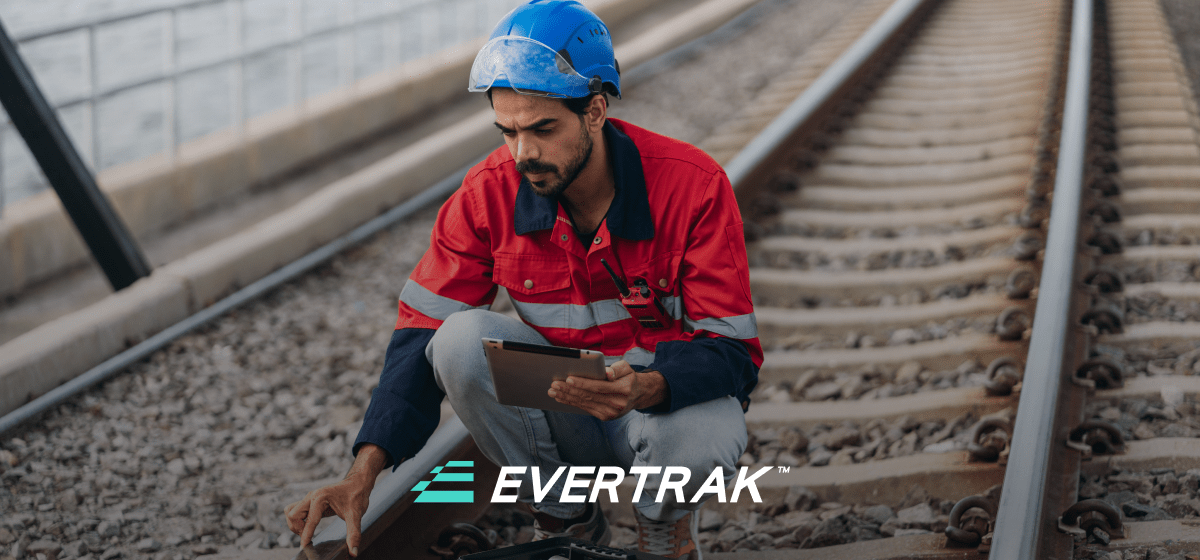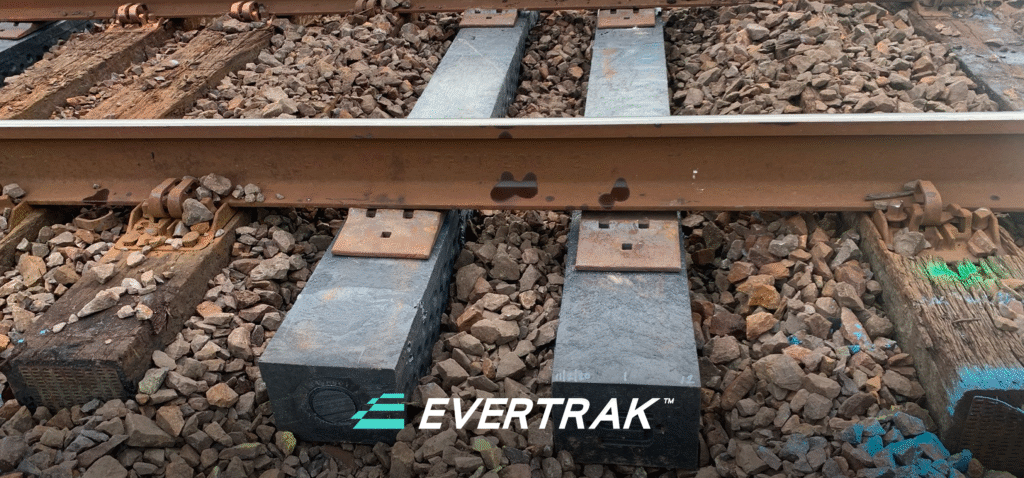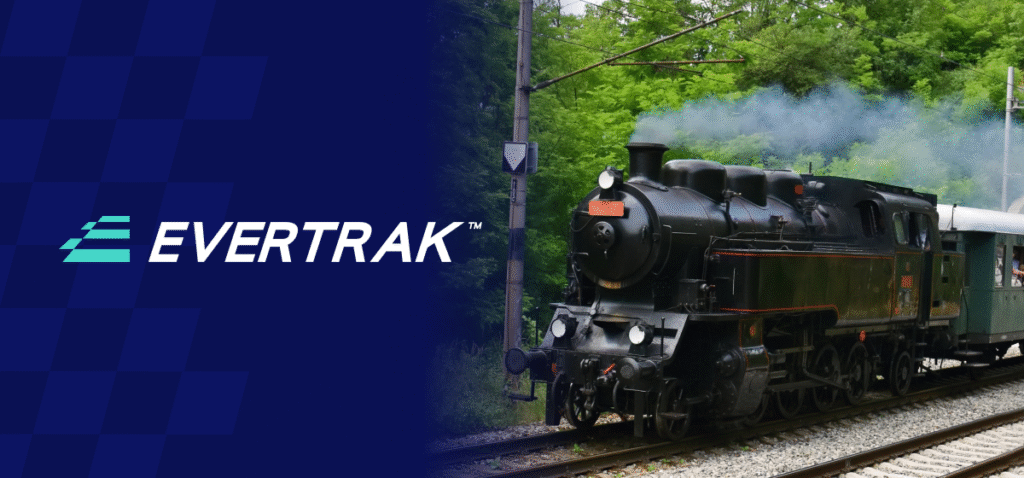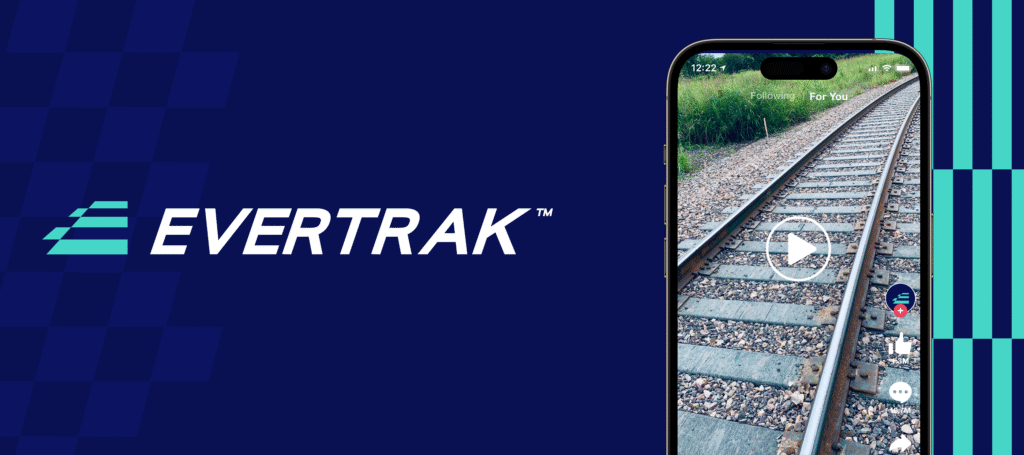Like other industries, railroads are starting to feel the impact of Gen Z’s workforce expectations as more professionals from this age group enter the job market.
Like millennials before them, Gen Z professionals have clear and different priorities compared to older generations that reflect societal and cultural behaviors. While digital transformation dominates industry discussions, young engineers increasingly demand smarter physical infrastructure that increases safety and efficiency, reduces maintenance burdens, and supports environmental goals.
The average age of a railroad worker is 45, and attracting younger talent is necessary to support the industry’s future. As a result, understanding these distinctions is essential for railroad companies seeking to attract and retain top engineering talent from the latest crop of job seekers.
Infrastructure Intelligence vs. Digital-Only Solutions
Gen Z engineers approach railroad infrastructure with a systems-thinking mindset that extends beyond digital technology. These professionals recognize infrastructure intelligence—the integration of advanced materials, predictive performance, and reduced maintenance requirements—often delivers greater operational value than purely digital solutions.
Traditional approaches to train track maintenance jobs create repetitive cycles that offer limited professional growth. Young engineers prefer to challenge the status quo by seeking innovation across the the industry. This opens the door to composite railroad ties and other advanced materials whose solutions demonstrate measurable improvements in performance, sustainability, and long-term cost management.
Railroad infrastructure decisions made today will define the working environment for the next 30-50 years. Engineers entering the workforce understand this timeline and expect their contributions to address both immediate operational needs and long-term sustainability challenges.
Career Development Through Advanced Materials Like Composite Railroad Ties
With ties to manufacturing and engineering, young professionals view railroad jobs as opportunities for meaningful professional development. Adding advanced materials into the equation, like composite ties, creates more avenues for growth on and off the track. Unlike traditional wood ties, composite ties require different installation techniques, performance monitoring processes, and lifecycle management strategies.
This technical complexity appeals to engineers who want to develop expertise in emerging technologies while working on projects with clear environmental benefits. Railroad jobs involving advanced materials offer:
Technical Skills Development:
- Advanced materials science applications
- Performance data analysis and interpretation
- Integration of traditional and modern infrastructure systems
- Long-term asset management strategies
Professional Growth Opportunities:
- Leadership roles in modernization projects
- Cross-functional collaboration with sustainability teams and forward-thinking Class 1 teams
- Exposure to federal funding and grant programs
- Industry recognition for advanced infrastructure implementation
Organizations seeking to attract younger works should also implement advanced technologies in their training processes that prioritize personalization, flexibility, and relevance. Young workers are more open to AI-powered coaching, with 79% saying they feel comfortable using the technology. Additionally, 77% of Gen Z workers prefer to learn new skills through video-based content and 49% favoring one-on-one mentorship or small group settings
Sustainability as a Core Engineering Requirement
Environmental considerations drive decision-making for Gen Z professionals in ways that previous generations didn’t experience. Many young workers today evaluate jobs based on details like how their work contributes to climate goals, waste reduction, and resource efficiency.
Data from a Deloitte study found 70% of young workers factor an organization’s environmental policies when evaluating a potential employer. The study also found 15% of Gen Z workers changed jobs over concerns about environmental impact and 48% put pressure on employers to do more to protect the environment.
Composite railroad ties support these values by addressing multiple sustainability challenges simultaneously. For instance, 200 pounds of plastic are used to create one Evertrak tie. After decades of use, these ties can then be melted down to create new ties. Over 1 million Evertrak GFRP composite ties would use 180 million pounds of recycled plastic and contribute to a closed-loop cycle.
Railroad infrastructure projects using composite materials demonstrate clear environmental benefits that young engineers can quantify and communicate. This measurability matters to professionals who expect their work to produce documented positive impact rather than just maintaining existing systems.
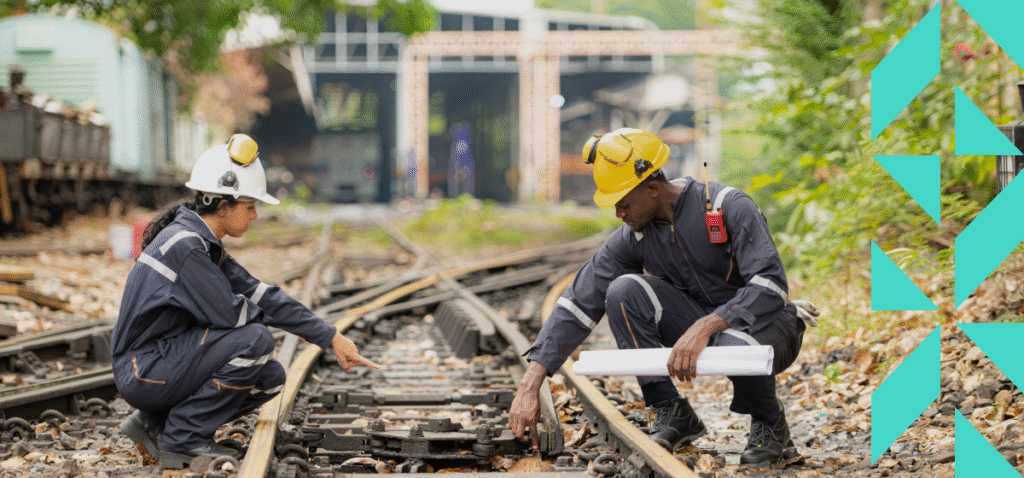
The Maintenance Burden Problem on Railroad Tracks
Traditional train track maintenance jobs often involve unpredictable, recurring tasks that limit professional engagement. Wood tie replacement cycles in challenging environments can require replacement every 8-12 years, creating maintenance schedules that focus on reactive rather than strategic work.
Young engineers and manufacturers may prioritize infrastructure intelligence approaches that reduce maintenance frequency while improving service life and overall performance. Composite railroad ties deliver 50-year service lives in challenging, fundamentally changing the nature of maintenance work.
This shift enables train track maintenance jobs to remain efficient, focusing on system optimization, performance analysis, and continuous improvement instead of emergency repairs, staffing and talent shortages, and constant replacement cycles.
Recruiting Talent Through Infrastructure Modernization
Railroad companies implementing advanced infrastructure solutions create more attractive career opportunities for young professionals. Engineers research potential employers’ approaches to sustainability, technology adoption, and long-term planning before accepting positions.
Companies highlighting composite railroad ties and other advanced materials in their infrastructure strategies demonstrate forward-thinking approaches that appeal to Gen Z workers. These professionals want to work for organizations investing in solutions that will define industry standards for decades.
Railroad infrastructure modernization also provides clear career advancement pathways. Engineers can progress from implementation roles to leadership positions overseeing network-wide deployment of advanced materials, structures, and systems.
The Business Value of Gen Z Railroad Engineers
Railroad companies hiring Gen Z professionals gain access to unique capabilities that drive organizational transformation. These engineers bring fresh perspectives on infrastructure intelligence that older generations might overlook, particularly regarding composite railroad ties and advanced materials integration.
Technical Capabilities: Gen Z engineers bring strong data analysis skills and ease with digital performance tools to railroad jobs. As digital natives, they integrate traditional engineering with modern optimization, making them ideal for managing composite tie installations and long-term tracking.
Problem-Solving Approaches: Young professionals might approach train track maintenance jobs with solution-oriented mindsets rather than accepting recurring problems as inevitable. For instance, they may question why wood tie replacement cycles consume so much time and resources, then advocate for composite railroad ties and other materials that eliminate repetitive maintenance burdens.
Knowledge Transfer: Gen Z engineers can use technology to actively share knowledge across teams and departments, accelerating organizational learning about new materials and techniques. Their digital communication skills can help bridge gaps between traditional railroad operations and modern infrastructure approaches.
Long-term Planning: Young engineers understand they will spend entire careers managing infrastructure installed today. This personal investment in long-term outcomes drives advocacy for composite railroad ties and other durable solutions that reduce future maintenance requirements while supporting environmental goals.
Railroad companies benefit from this perspective because Gen Z engineers naturally align individual career goals with organizational infrastructure strategy, creating internal champions for advanced materials adoption.
Economic Factors Driving Change
Young engineers have grown up through the economic uncertainties of the Great Recession and Covid-19, making financial security and reliability important pillars in their job searches. They understand the economic implications of infrastructure decisions and expect their employers to make financially sound choices as a result. Composite railroad ties represent the type of strategic investment that appeals to professionals who want to work on operations that will make an impact in the future and provide clear return on investment.
With 94 failures per mile, per year, wood tie replacement costs can reach more than $1 million in 30 years compared to $676K for Evertrak ties. As a result, composite ties provide a lower total cost of ownership over 50 years. This economic logic resonates with engineers who appreciate sustainability, cost savings, and data-driven decision-making.
Railroading as a profession is more stable compared to other industries, with careers spanning an average of 14 years or three times the national average. Compensation packages are also competitive with annual salaries ranging from $135,000 to $190,000. Benefits are favorable and include healthcare coverage and reliable retirement plans. Globally, the total train market revenue is performing well and has reached $77.4 billion this year. Passenger trains have generated $47.21 billion while freight trains have generated $30.19 billion.
Whether working with passenger trains or freight operators, multiple jobs are available to support the industry. From construction and maintenance to engineering, railroading jobs are diverse and include providing and installing equipment, inspection and management roles, engineering and risk assessment, performance testing and evaluation, and more beyond railroads. In fact, for every railroading job, nearly four additional jobs are created in adjacent industries. This means train track maintenance jobs involving advanced materials can offer more security with skills that can transfer to other fields involving tech, manufacturing, and logistics.
Implementation Framework for Railroad Companies
Railroad companies seeking to attract Gen Z engineering talent should consider systematic approaches to infrastructure modernization. The importance of broadcasting the following details will help to clearly communicate your company’s mission and align with the goals of young job seekers.
Assessment and Planning
- Identify track sections with frequent wood tie replacement requirements (this is more common in the southeastern United States)
- Calculate total cost of ownership for composite vs. wood solutions
- Develop implementation timelines that provide career development opportunities
Professional Development Integration
- Create training programs for advanced materials installation and monitoring
- Establish career advancement pathways linked to infrastructure modernization projects
- Partner with engineering schools to provide students exposure to composite railroad ties and other smart infrastructure systems early on
Communication and Positioning
- Highlight environmental benefits and sustainability metrics in recruitment materials
- Showcase advanced infrastructure projects in company communications
- Connect infrastructure intelligence initiatives to broader business strategy
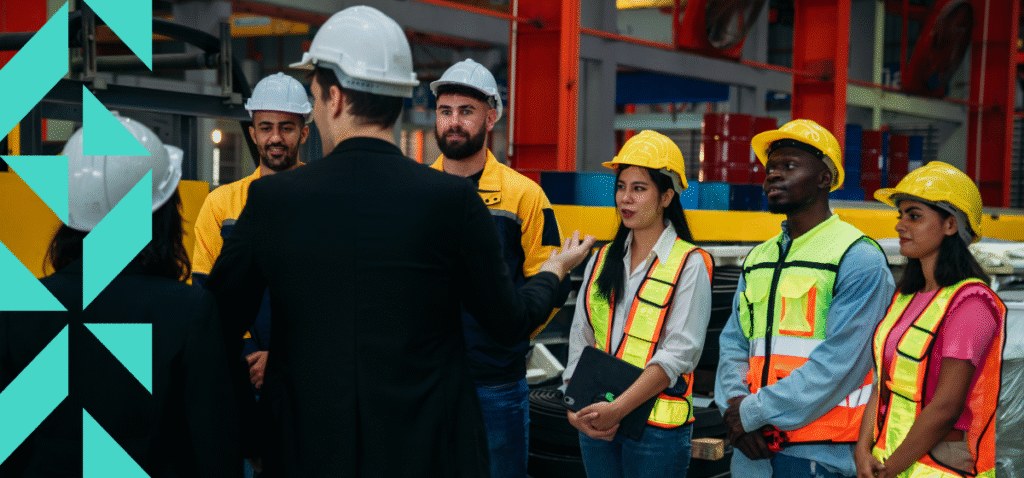
Building the Future Workforce
The intersection of railroad modernization and workforce development will evolve as more Gen Z professionals advance. Companies that leverage infrastructure intelligence to attract young engineers can build sustainable talent pipelines for future industry needs.
Railroad jobs involving composite ties and other advanced materials offer the technical structures, environmental impacts, and professional growth opportunities that define attractive career paths for the next generation. Organizations that embrace this connection between infrastructure modernization and talent attraction create foundations for long-term operational excellence and workforce stability.
Train track maintenance job transformation through advanced materials represents more than operational improvement—it demonstrates organizational commitment to the values and career expectations that define Gen Z engineering professionals in this country.

